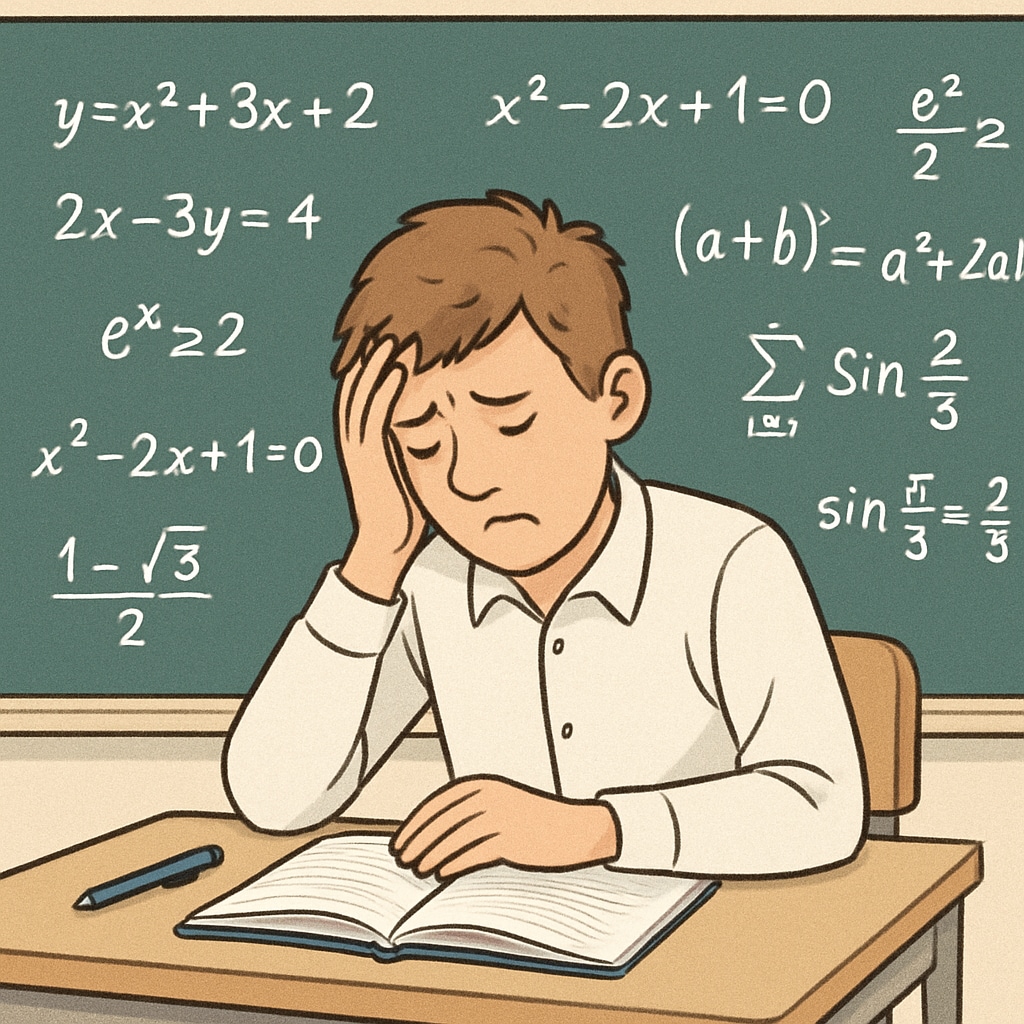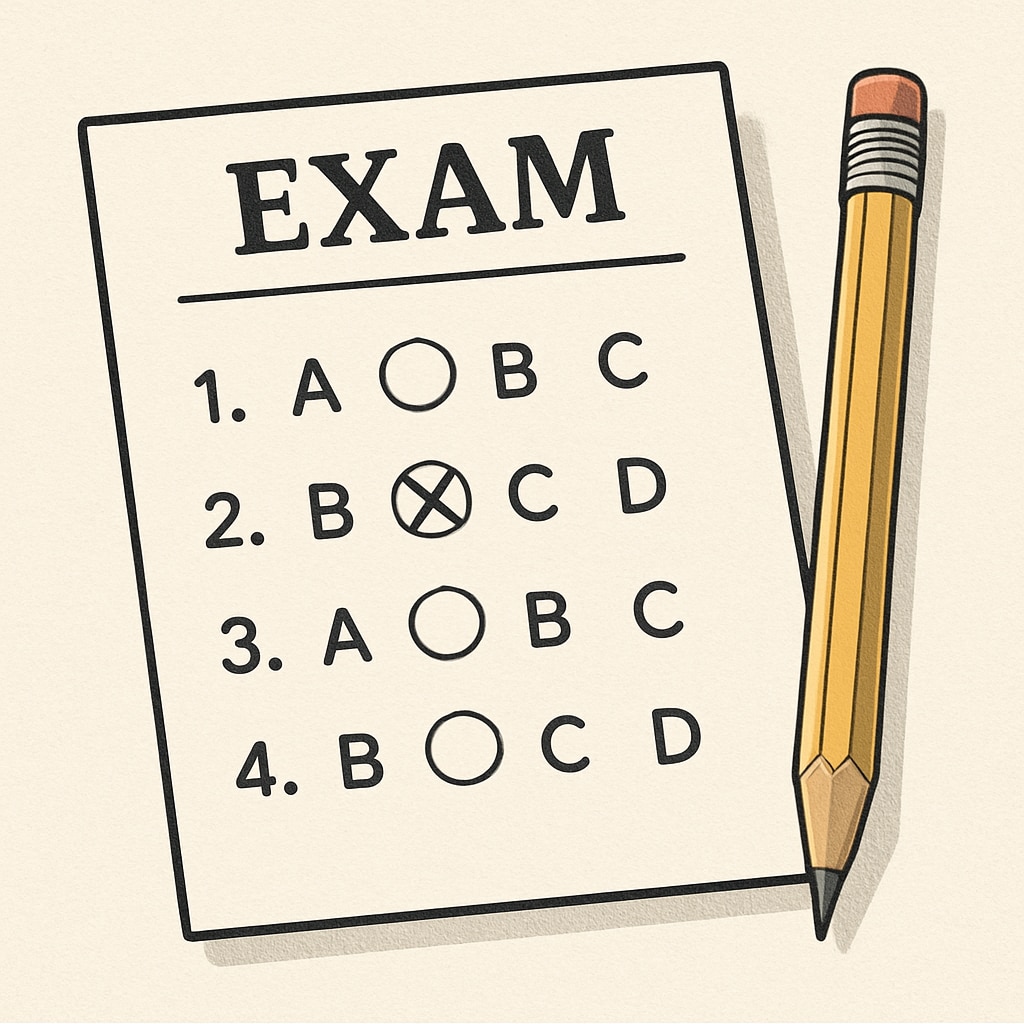For many students, math anxiety, exam pressure, and the challenges of multiple-choice questions create a significant hurdle in academic success. Math tests are often viewed as intimidating, especially when timed and filled with tricky options that require careful reasoning. This article delves into the roots of these psychological barriers, explains why multiple-choice questions can be particularly daunting, and provides actionable strategies to help students overcome them.
Understanding Math Anxiety and Exam Pressure
Math anxiety is a psychological phenomenon that manifests as feelings of fear, stress, or apprehension when dealing with math-related tasks. Students experiencing this often feel paralyzed during tests, preventing them from accessing their full cognitive potential. Exam pressure exacerbates this situation, particularly when the stakes are high, such as during standardized testing. Multiple-choice questions add another layer of difficulty due to their format, which may trigger second-guessing or confusion.

The root causes of math anxiety may include past negative experiences, pressure from peers or parents, and self-doubt in one’s abilities. Additionally, the brain’s fight-or-flight response can hinder problem-solving skills when under extreme pressure, making exams feel overwhelming.
Why Multiple-Choice Questions Are Challenging
Multiple-choice questions are designed to test not only knowledge but also decision-making skills under pressure. While they may seem straightforward, they often include distractors—incorrect answers designed to appear plausible—that can confuse students. This format requires quick thinking and the ability to eliminate wrong options, which can be difficult for anxious students.

Common struggles include:
- Overthinking each option and doubting initial instincts.
- Misinterpreting the question due to exam stress.
- Falling for distractors due to a lack of confidence.
Practical Solutions to Overcome Math Anxiety and Exam Challenges
While math anxiety and exam pressure can feel overwhelming, there are effective strategies to address these issues and improve performance:
- Practice Mindfulness: Techniques like deep breathing or meditation can help calm nerves before and during the exam, reducing anxiety-driven mistakes.
- Understand the Question: Carefully read each question and identify key terms to avoid misinterpretation. Highlight or underline important details.
- Use the Process of Elimination: Cross out answers that clearly don’t fit to narrow down options and focus on the most logical ones.
- Adopt Test-Taking Strategies: For example, answer easier questions first to build confidence and return to harder ones later.
- Simulate Exam Conditions: Regular practice under timed conditions can reduce fear of the unknown and improve familiarity with the format.
In addition to these strategies, seeking support from teachers, peers, or tutors can provide further encouragement and guidance.
Rebuilding Confidence in Math
Addressing math anxiety is not just about test performance—it’s about fostering a positive attitude toward math overall. Building confidence begins with small successes. Start with topics you feel comfortable with and gradually tackle more challenging areas. Celebrate progress, no matter how minor, to shift the focus from fear to achievement.
It’s important to remember that math is a skill that improves with practice. By creating a structured study plan and breaking problems into manageable steps, students can reduce the intimidation factor and approach exams more confidently.
For more on math anxiety, visit Mathematics Anxiety on Wikipedia or explore strategies on Test Anxiety on Britannica.
As a result, students who adopt these methods can gradually overcome math anxiety, handle exam pressure more effectively, and navigate multiple-choice questions with greater ease.


